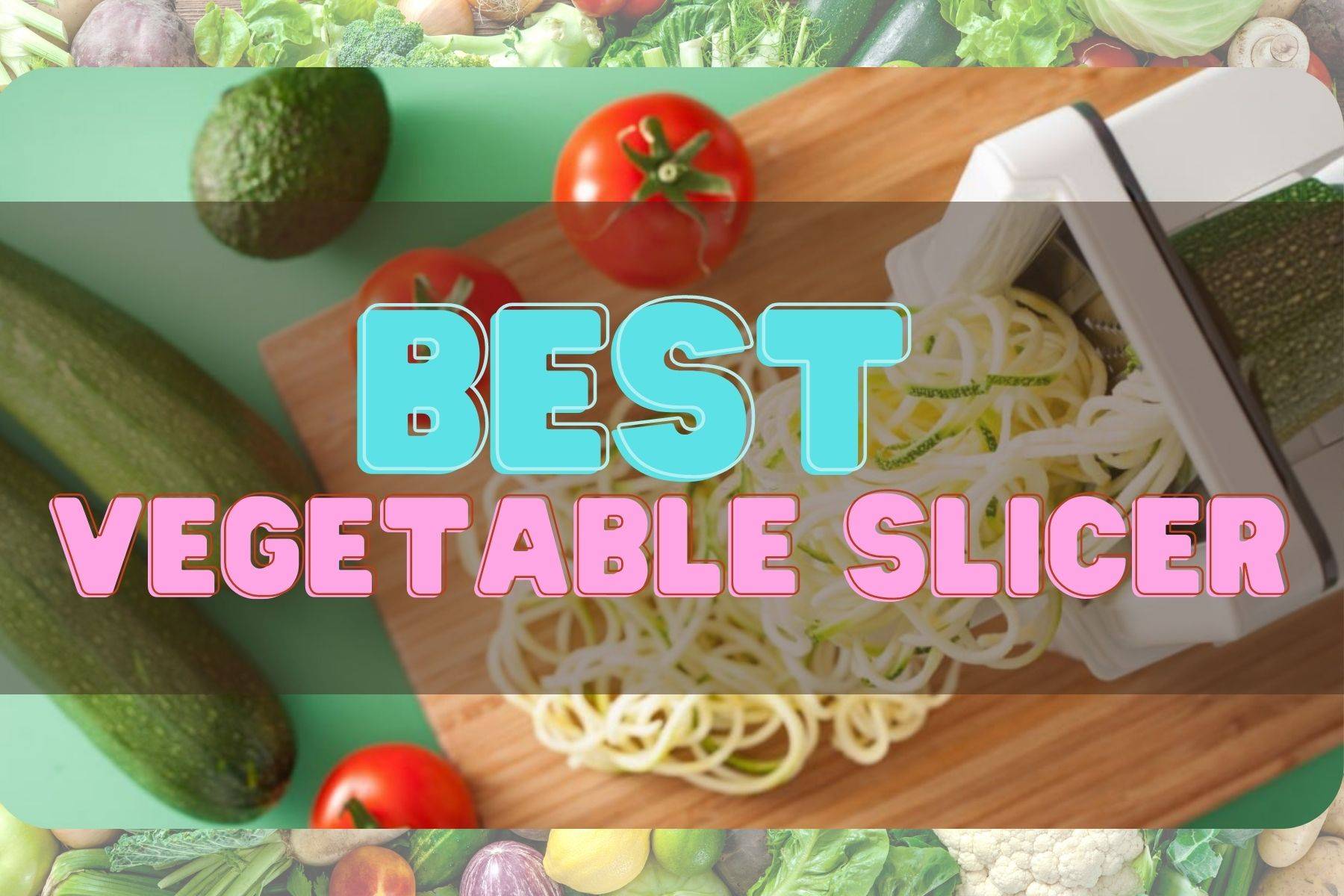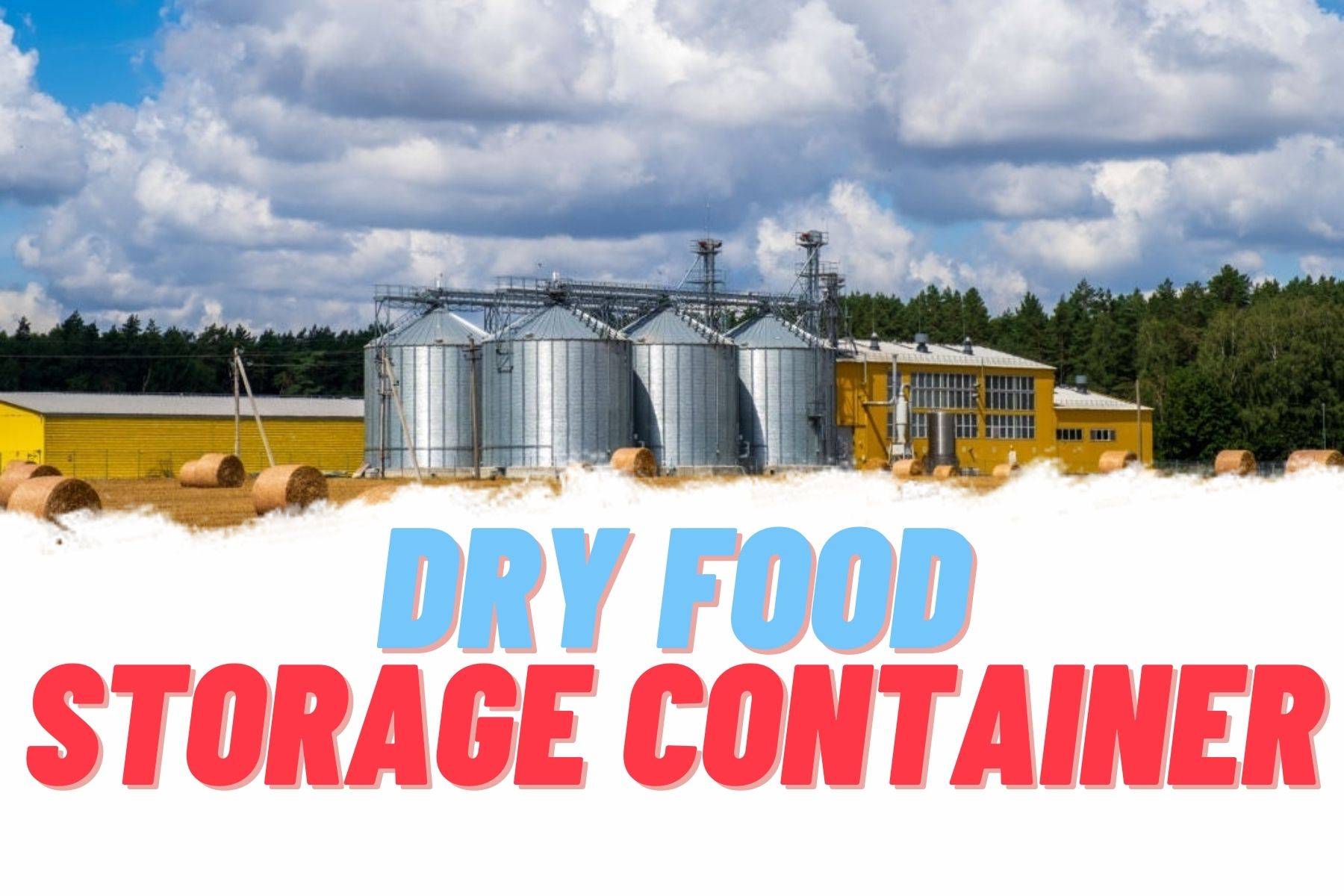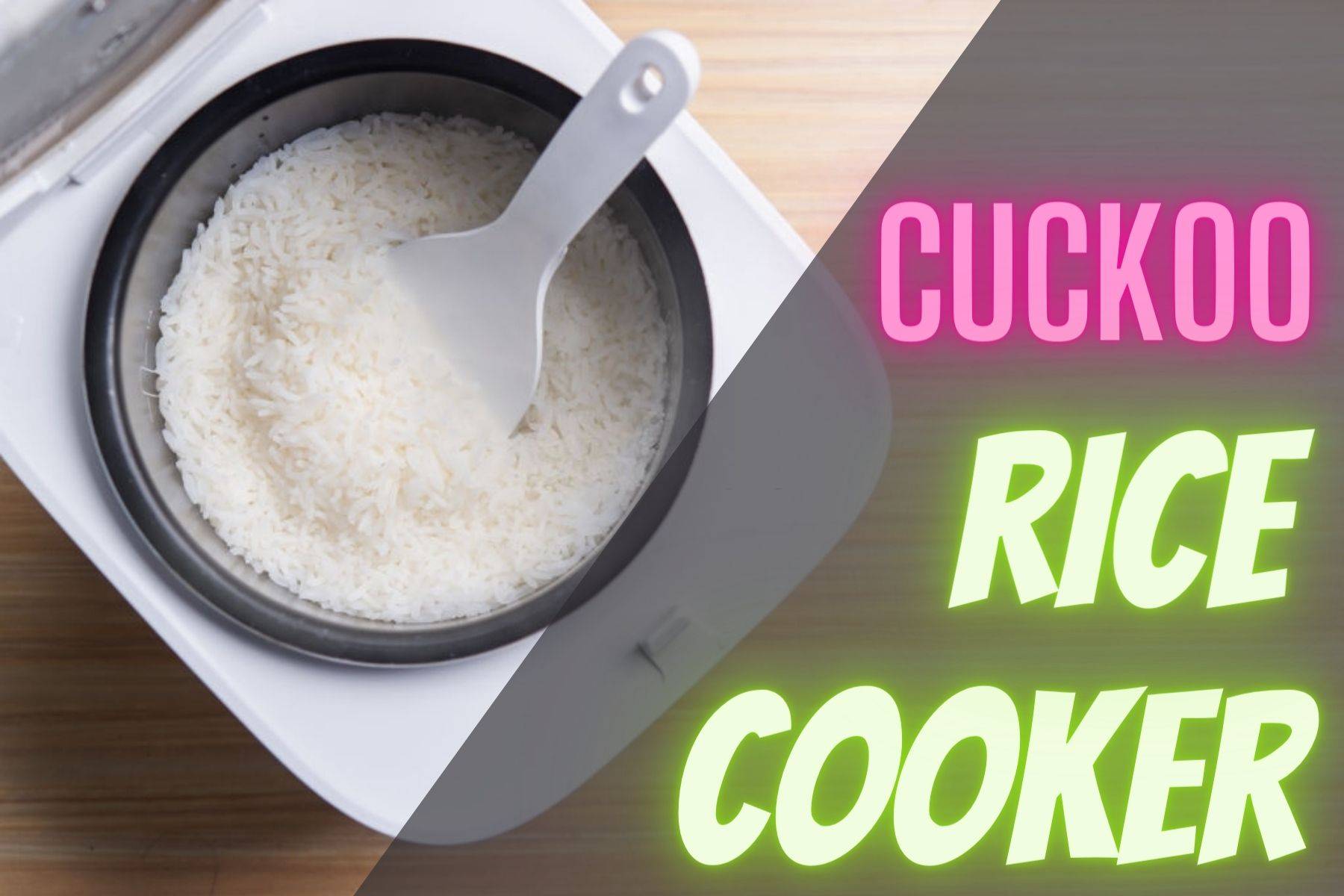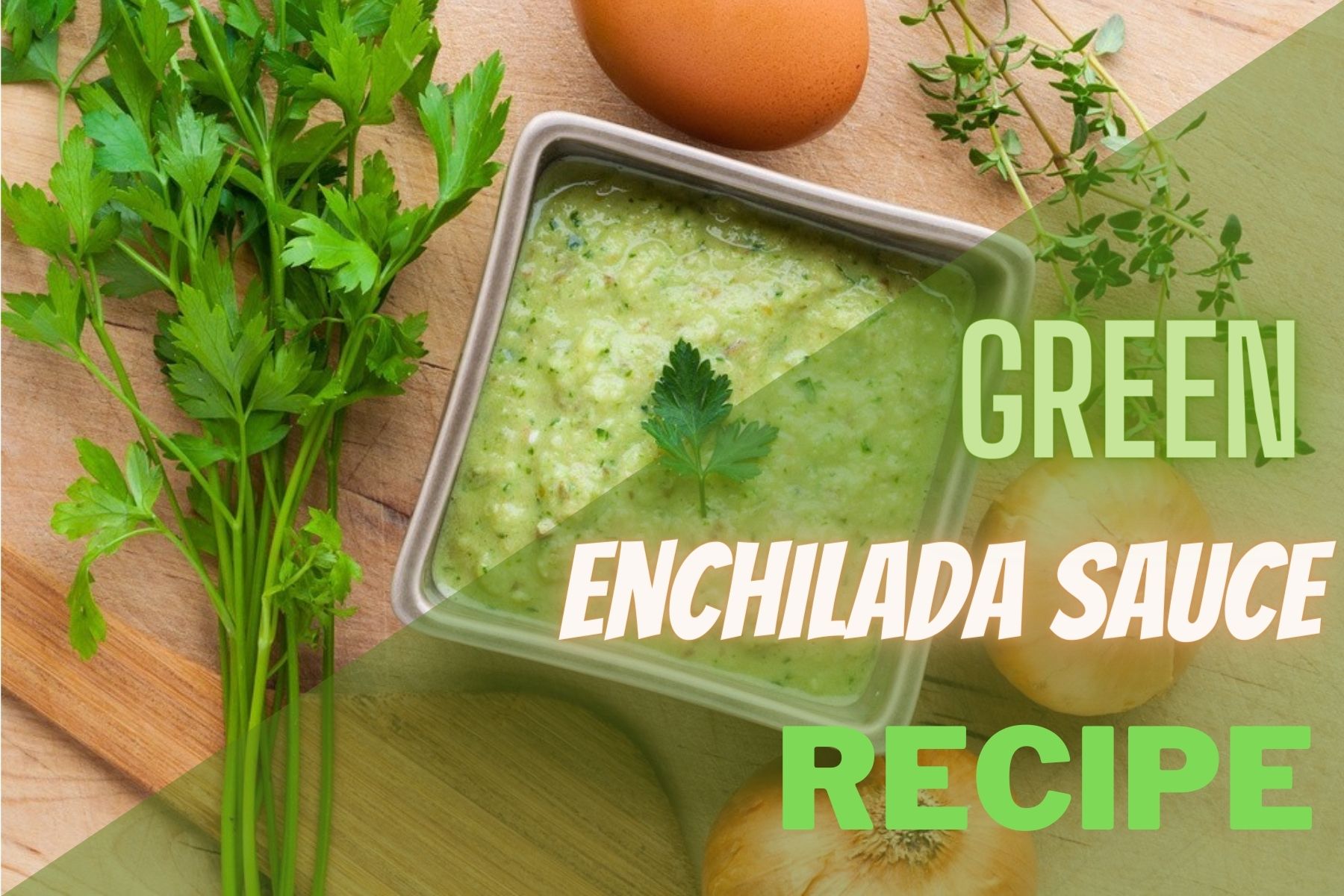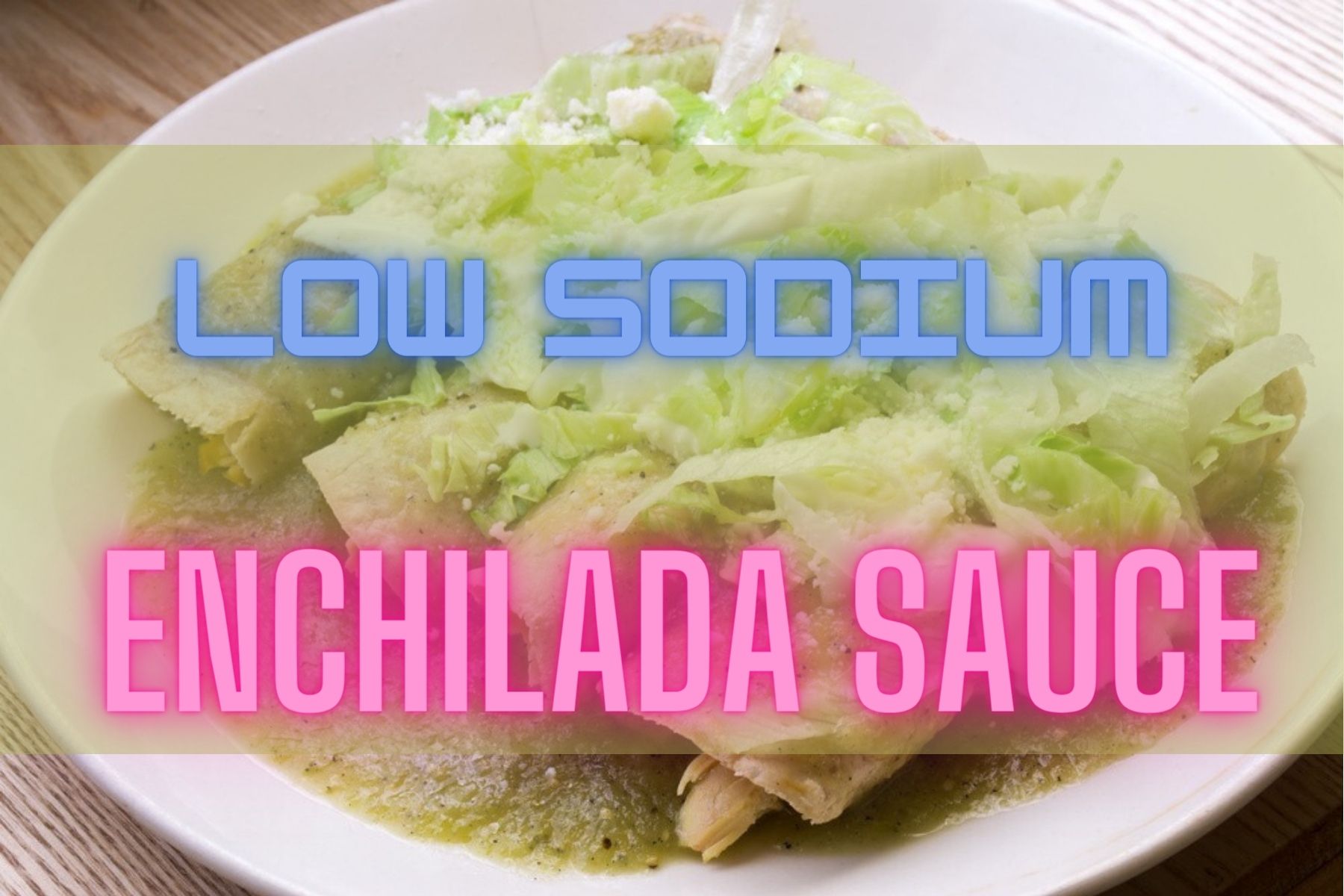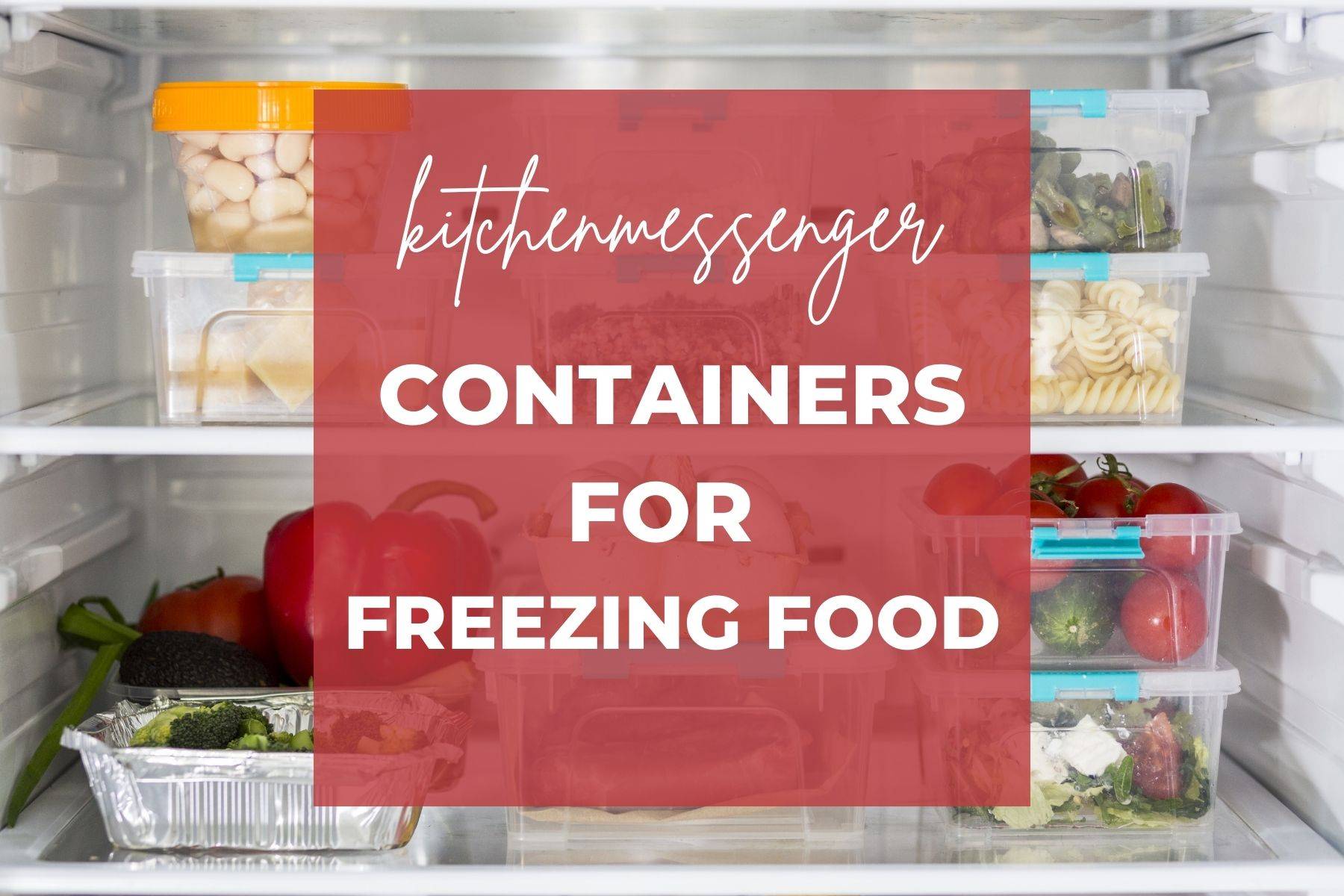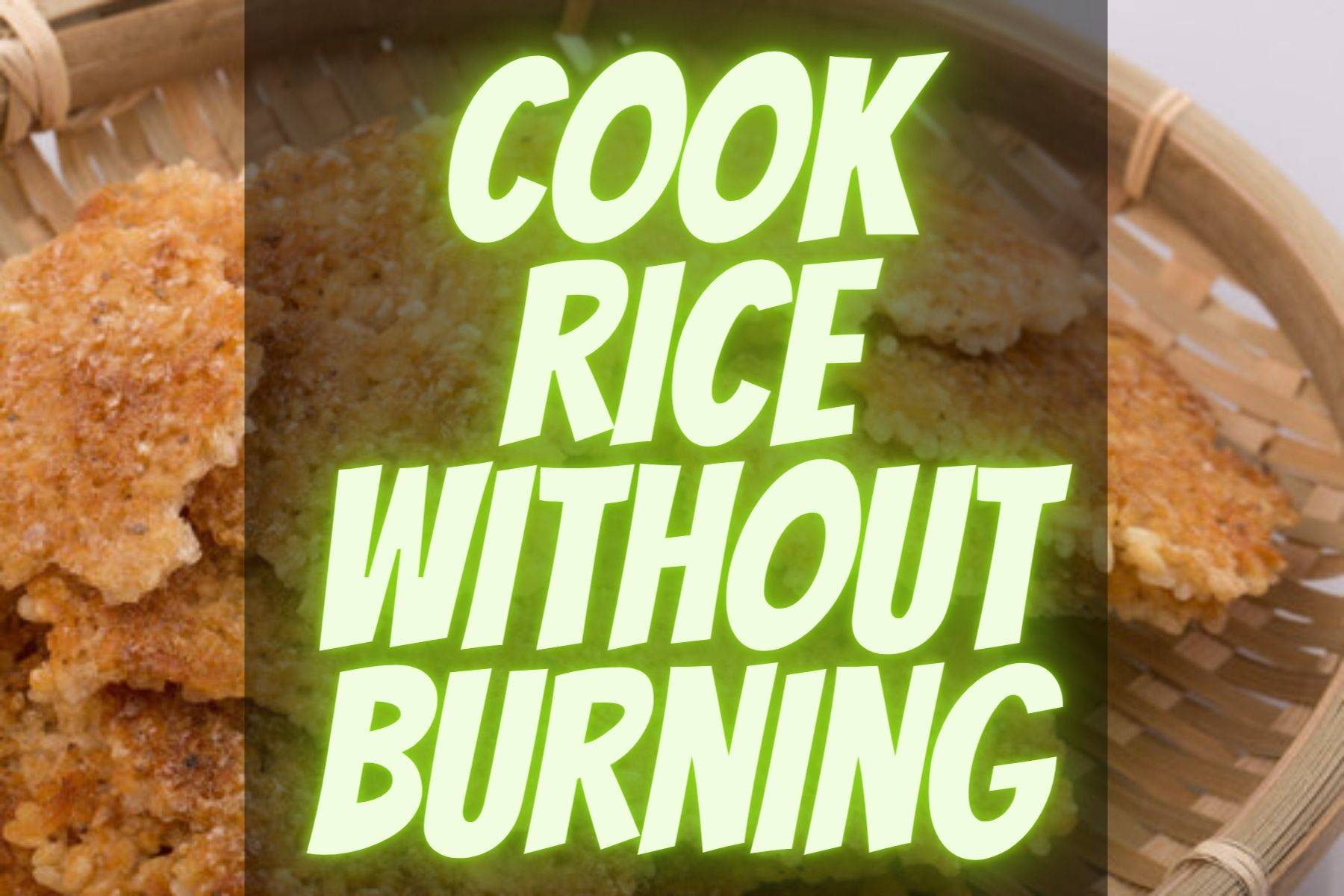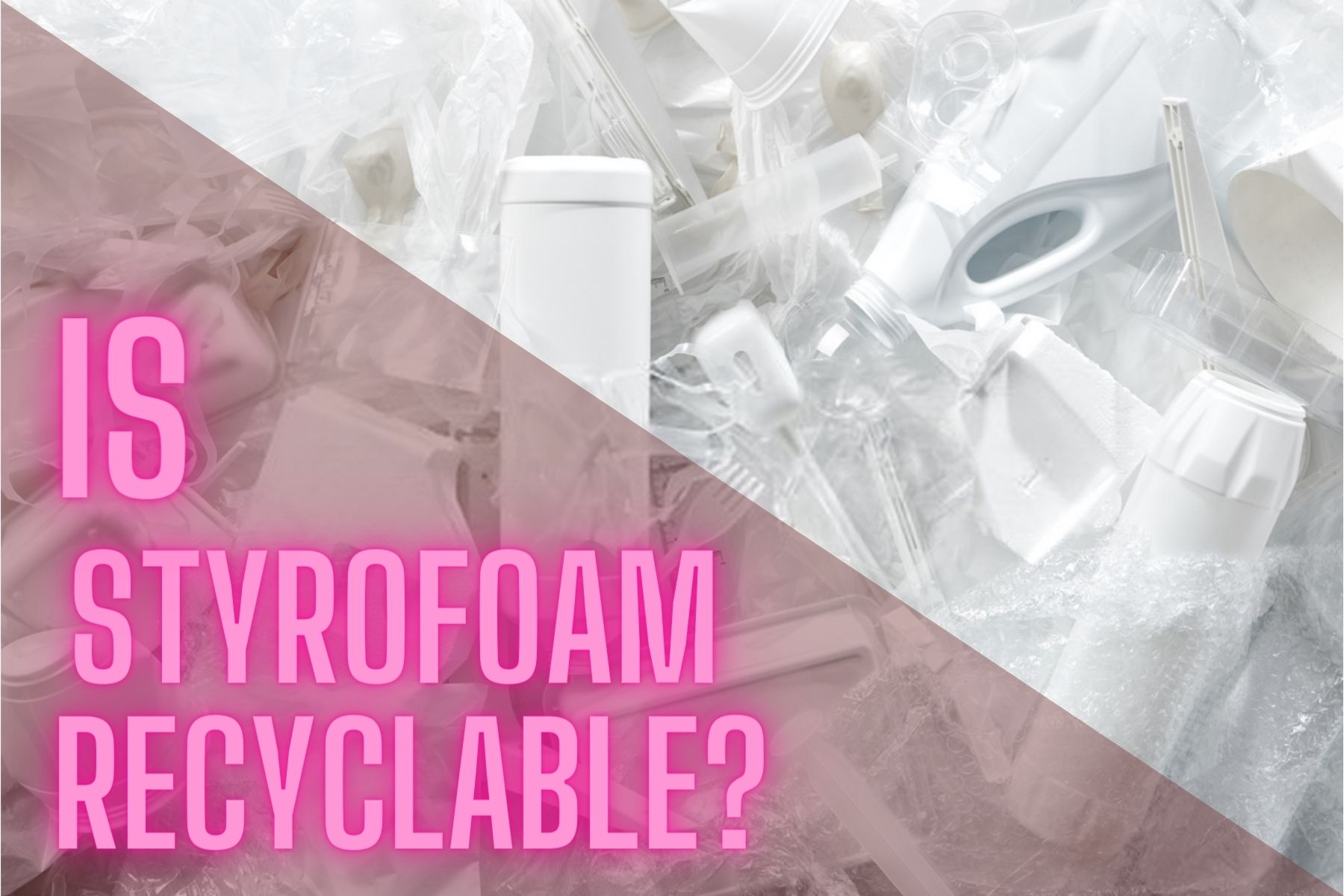A popular question from styrofoam users is, “Is Styrofoam Recyclable?”. It might be difficult because it biodegrades slowly. It shows significant resistance to photolysis which takes 500 years of exposure before breaking down naturally. However, there are ways around these limitations. For instance, it gives away your used packing material at stores that accept them.
So what to recommend; Reusing this stuff by giving up packing peanuts/popcorn away to retailers who accept them as shipping materials. Alternatively, you could always burn.
Another reason why Styrofoam is difficult for recycling is the material requires specialized equipment. But all local governments don’t have curbside programs or even on hand at all times.
You can also take your Recyclable Styrofoam to a recycling centre. However, you should note that they won’t accept it. Food or drink is contaminated because this will make the disposal impossible for them. Most centers don’t even bother with Styrofoam parts at all (even when uncontaminated) since it’s bulky. That means these types of materials aren’t cost-effective in their eyes. But Green Citizen has its own condensing machine that reduces things down roughly 1/90th of the original volume.
What Is Recyclable Styrofoam?
The trademarked product called Styrofoam was invented by Dow Chemical Company in 1941. For the past 40 years, Dow Chemical Company has been producing Styrofoam for use in insulation and other products. XPS is a specific type that we can be identified by seeing its trademarked name. People make Extruded polystyrene foam through a closed-cell production process followed by expansion with heat or pressure. It creates an open cell structure.
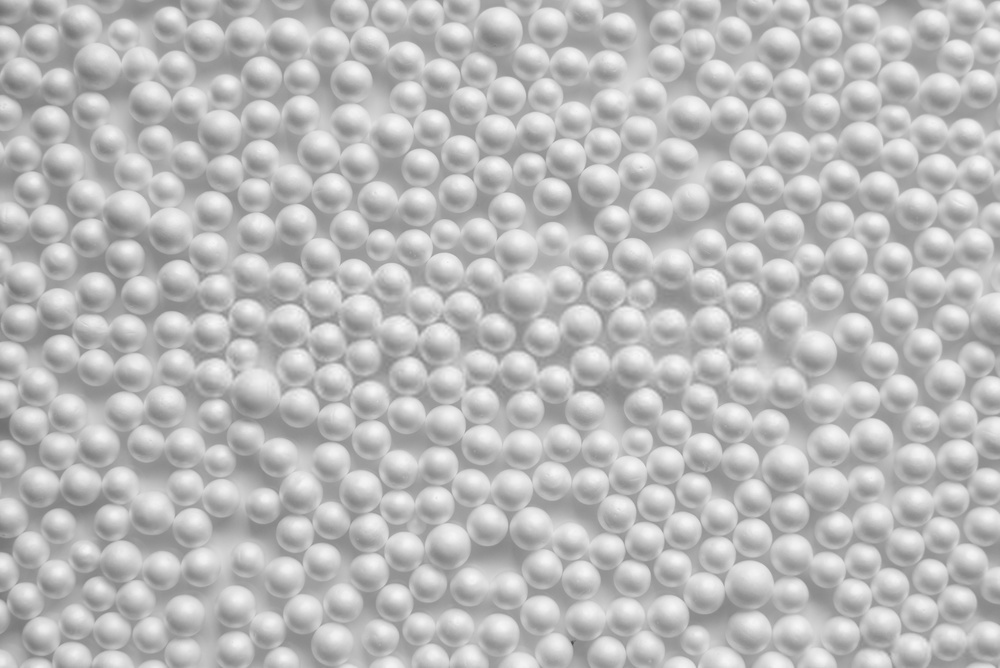

We find Polystyrene abundantly across our everyday lives. Most likely you find yourself using it at least once a day. This material may not seem like anything special when looking down from up. It’s just a smooth white sheet sitting atop grocery store shelves waiting patiently until we need them.
XPS Foam:
XPS is an environmentally friendly insulation material that we originally trademark due to the Dow Chemical Company. It’s strong and thick, perfect for use inside buildings where durability matters most.
EPS Foam:
You may know this material like Styrofoam. But it’s the type of foam, has a more technical name called, “expanded polystyrene”. The process by which these expanded cells we make determines how thick or thin they will be. Thinner is better for things like cups and boxes because they’re easier to handle than thicker products.
How Can be Styrofoam Recyclable
EPS foam is a type of plastic we commonly find in everyday items like insulation sheets, construction materials, and more. Its classification as a 6 on the recycling scale makes it challenging for recycling due to poor density. It must be processed into 1/90th of its original volume before being usable again. With some creative thinking, this seemingly impossible task can easily become reality.
Inform your local government before starting the recycling process. Not all towns have curbside programs that explicitly recycle EPS foam. You might need to find a center where you can drop off this Styrofoam Recyclable instead.
Green Citizen has a recycling program for EPS foam in the San Francisco Bay Area. The company also offers pickup services and information on how to recycle at home. That will take it off your hands Where businesses are located if you’re not able to go yourself.
Green Directory – Foodservice Packaging Institute’s database shows which towns offer curbside programs.
Way To Styrofoam Recyclable
If you’re in the Bay Area, Green Citizen is open for drop-off recycling from Monday to Friday. If your business has Styrofoam that people need to sort and recycle then please give them a call! They can also help coordinate pickup services if needed.
Mentioning “Bay Area” makes this content more engaging. Make sure it’s said with confidence when announcing local events. Let people know what they might expect if coming into contact with something new like being environmentally friendly.
Why You Should get EPS Recyclable Styrofoam
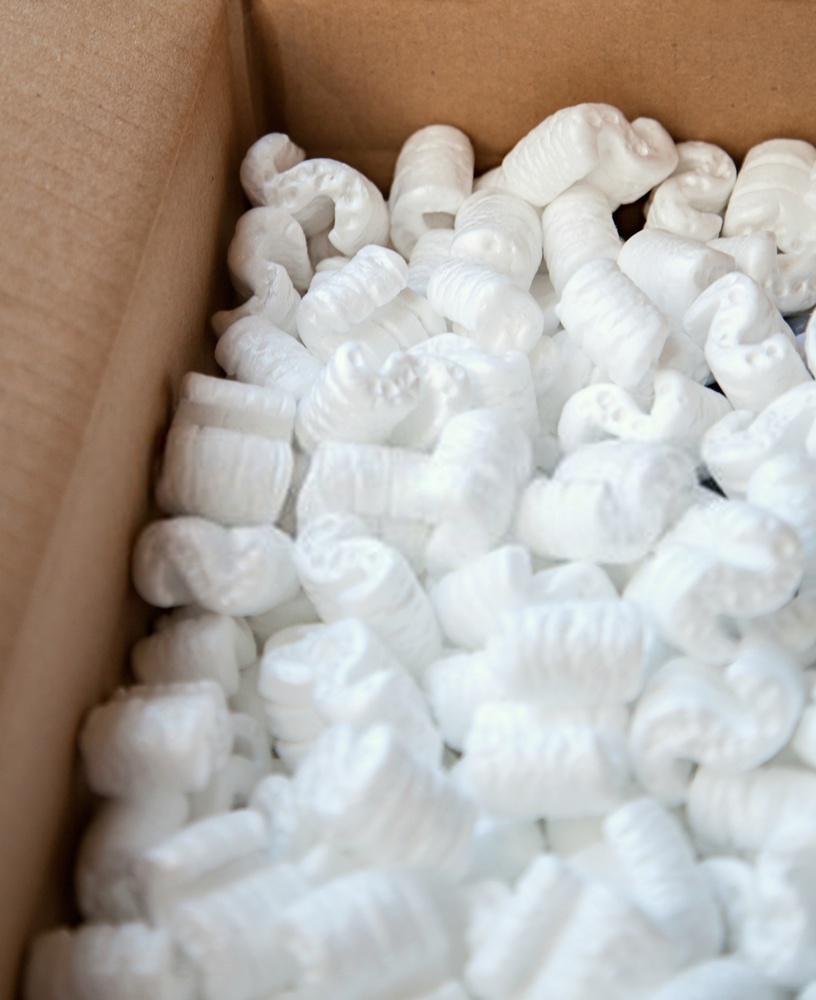

There are plenty of reasons not to just dump your foam waste in the trash. But it’s especially important if you have EPS-based insulation. The photolysis process, which means, the light will break down this material over time. It can take up to 500 years or more before decomposing naturally by natural decay processes.
The second reason to consider recycling is that it can be hazardous for animals when they end up in landfills. Polystyrene damages the environment, not only throwing away but also marine life which could cause serious problems of extinctions. If this doesn’t convince you enough then surely nothing will.
Alternative Materials To Recyclable Styrofoam
Hey, you know all those little pieces of broken Styrofoam in your trash? Well, it turns out that when they decompose the chemicals released into our environment can be toxic to wildlife.
Our planet has limited resources and we need to reduce waste as much as possible! Luckily there are many alternatives for materials like this one- some common materials are as follows:
- Bamboo
Bamboo is a sustainable material that not only biodegrades but also has many other benefits. People use it for disposable items like plates, mugs, and utensils as well as food containers. So you don’t have to worry about plastic getting in your dishwater.
- Paper
Using paper plates, cups, and packing material is more environmentally friendly than using Recyclable Styrofoam or polystyrene pearls. Here you can find some eco-friendly alternatives for your party needs.
- Cornstarch based packaging
Are you looking for a sustainable alternative to polystyrene? If so, then look no further! Here at Eco-Friendly Plates, we have found that the new eco-friendly material from cornstarch, we call “PLA” used in place of Recyclable Styrofoam. This product degrades quickly and sends off carbon dioxide as well as water. It exposes enough heat which makes it very useful when needing something disposable.
- Reusable containers
You can reduce your plastic consumption by using a reusable lunch box or coffee mug for takeaway. If you want more information on the risks associated with other plastics, check out our website.
- Number 1 Or 2 Recyclable Styrofoam
To make eco-friendly choices, one thing sometimes is tough is knowing which products they make it from plastics. Luckily for you though we’ve put together this handy guide with all the information necessary. Be sure and check out our tips below on how reuseable your items might actually end up.
Is Styrofoam Bad For The Environment?


The environmental dangers of Styrofoam are not small. The EPA has classified the material that makes this fake-sounding product as a possible human carcinogen. If you put something new by throwing it away in recycle bin to make room then you will lose all.
Reheating food contains chemicals that could hurt our health when heated. Toxic air pollution from microwaves cannot be good considering they release harmful substances into our environment. Every day 1 369 tons gets tossed out with no regard whatsoever towards its lasting impact.
Now that you know how dangerous it can be for the environment, we hope that you’ll consider replacing your Recyclable Styrofoam based products with more eco-friendly, reusable products instead.
If you’re a coffee drinker, you can replace your single-use cup with the Neon Kactus Reusable Glass Coffee Cup. This is because it uses fully recyclable and sustainable materials.
The company’s goal is to help divert millions of disposable products from landfills every year. That’s why we like using their products.
Why go through the trouble of pouring your coffee into thrown away cup. When you have high-quality materials, they last for years?
The Panda Cup is an Eco-Friendly Reusable Coffee Cup because it looks just like Starbucks’ cups, but without all those guilty memories. If eating take-out makes frequent appearances on your schedule, then these Stainless Steel Food Storage Containers by Jacebox are perfect! They’re airtight and leakproof so no more worrying about spilled food stains or worse yet – our favourite foods going straight to waste due to lackadaisical handling techniques such as carrying them around in Styrofoam Recyclable cartons instead of plastic baggies until they ALEXA.
Collapsible Silicone Food Storage Containers from Collapse-it would make for a great replacement to single-use food containers.
Can Styrofoam Be Reused?
A quick search on the internet will show you there’s a lot of good news about recycling Styrofoam. Sometimes it is difficult to recycle. Materials made from this material can still find their way back into our homes and businesses. They are also usable for packing supplies or craft projects.
It’ll sound obvious but make sure all of those pieces are clean before recycling. It will save time sorting through them later. It will reduce costs even more than having already done some cleaning upfront would cost thanks to efficiency.
Frequently Ask Questions(FAQs)
- Can I put styrofoam in the recycle bin?
No, you can’t. The materials that find their way into your recycle bin process it differently from Recyclable Styrofoam. Many of those recyclers don’t have the machinery to process it correctly. Some may end up as landfill waste if not properly sorted out. Other plastics like polystyrene foam would be more harmful to our environment!
- Can you microwave styrofoam?
There are some precautions you should take when heating up your Styrofoam. You can’t just do anything and expect it to be safe, as Healthline warned in their article “Microwave Safe: A Guide for Safely Heating Up Your ‘Styro’ Products.” The FDA has approved these items because they bear the label “microwave,” which means they passed testing on how easily a toxic chemical released from its base material – styrene will come off when heated improperly. So if there isn’t an explicit statement saying something is microwavable then avoid doing so altogether by following proper guidelines.
- How do I dispose of Recycable Styrofoam?
So, you are looking for ways to recycle? I have just the thing! Using old Recyclable Styrofoam boxes is an easy way of breaking down your unwanted items into small enough pieces that they will degrade quickly. You can also go one step further by saving these materials and then taking them straight off-site if possible.
- Is styrofoam plastic?
Styrofoam is a type of plastic that we can’t recycle in the same way as traditional clear plastics.
- Is Styrofoam eco-friendly?
The Styrofoam I see everywhere in our environment is not eco-friendly. It takes an extremely long time to biodegrade. The worse is that it causes damage to the Earth’s protective ozone layer! That said its base material can be toxic when burnt or overheated. That also means people should take caution burning this stuff themselves with no ventilation nearby. Because there are health risks for everyone around them too. If it happens to catch fire from accidentally touching hot spots while working near open fires where these plastics accumulate.
Conclusion:
Though polystyrene foam comes in two basic types, EPS (expanded polystyrene) and XPS (extruded polystyrene), it’s primarily used for insulation. The different properties of each type allow them to be manufactured differently. While EPS is thin and flexible, Xpsis can’t hold its shape once and is not strong enough to stop bullet impacts.
There is a problem with recycling XPS or EPS foam. It’s difficult for some centers to process the material, as these types of breakdown machinery. In fact, you’ll need a machine with larger and more powerful capabilities. Because they’re both thicker than other foams found in most homes.
As a way to reduce waste and help our environment, you can both reuse or recycle EPS/XPS foam. Placing these in recycling programs is one of the best ways for individuals who care deeply about Earth’s well-being.



